Spooky Folio Society Books
Published by Daisy on
Welcome!
Welcome to a review of some of the best of the Folio Society’s “spooky” books. You can also watch the video below to see inside each of the books marked with a ★. Hope you enjoy!
Video | Ghost Stories | Gothic Tales | Dystopian Futures
p.s. Some of the links below are affiliate links. Thank you so much if you use them to offset my hosting costs, but always support your local Indie bookshop first if you can ツ
Ghost Stories
MR James Ghost Story Collections
Let’s start with Folio’s multiple collections of Ghost Stories by Montague Rhodes James (1862-1936), a writer generally considered to be a master of the English ghost story. He was a decorated medievalist scholar, eventually being promoted to provost, or head, of King’s College Cambridge in 1905, and Eton College in 1918.
Many of James’ best-known stories were originally written to be read to students or friends that gathered in his College rooms on Christmas Eve, illuminated only by flickering candlelight. His stories retain the intimate tone of these dramatic live readings, with horror that is conveyed with dry humour and a light touch.
James himself describes the ideal ghost story as one that includes the “slight haze of distance”, being set in the past, with a “nicely managed crescendo” and “a modicum of blood, shed with deliberation and carefully husbanded”. Many of his heroes bear a similarity to the author himself – scholarly dons, obsessive bibliophiles, and cautious but curious bachelors. They reside calmly in English villages or ancient towns in France, until suddenly they discover an old book, or another antiquarian object, after which this calm environment is disturbed by an ominous or supernatural menace.
★ Ghost Stories - M.R. James
Folio Society, 1973. Selected and with an introduction by Nigel Kneale. Illustrated by Charles Keeping.
Review: The 15 stories in this edition are selected and introduced by Nigel Kneale. The book features 9 deliciously creepy two-colour lithographs by English illustrator Charles Keeping. The text was reprinted from the 1931 edition.
★ Collected Ghost Stories - M.R. James
Folio Society, 2007. Introduced by Penelope Fitzgerald. Illustrated by Francis Mosley.
Review: This omnibus brings together James’ four published collections of ghost stories. The book is introduced by Penelope Fitzgerald, and it contains 13 delightfully haunting colour etchings by Francis Mosely. The wraparound illustrated cover art is excellent.
★ Ghost Stories - M.R. James
Folio Society, 2017. Illustrated by James McBryde, bound in cloth blocked with a design by Neil Gower. Metallic slipcase.
Review: The most recent FS edition of Ghost Stories is a selection of 16 tales that includes 5 illustrations by James McBryde. It collects the tales from Ghost Stories of an Antiquary (1904) and More Ghost Stories of an Antiquary (1911). McBryde was a friend of the author and used to attend James’ Christmas Evening storytelling evenings. James gave him his first commission to illustrate the Antiquary story collection, but sadly McBryde died after completing only four illustrations and starting a fifth. James was adamant that no-one could replace his friend, and published the book with just these illustrations.
Walter de la Mare Ghost Story Collection
Walter de la Mare (1873–1956) was an English poet, short story writer, and novelist. He’s best known for his works of psychological horror, children’s literature, and atmospheric ghost stories.
Ghost Stories by Walter de la Mare
Folio Society, 1956. 16 lithographs by Barnett Freedman. Introduction by Kenneth Hopkins. First edition bound in yellow cloth with brown illustrations, 1960 edition in grey cloth with red illustrations.
Review: De la Mare’s prose is lyrical and often has a poetic quality to it, which isn’t surprising considering his background as a poet. He has a knack for describing settings in such detail that they take on a character of their own. The haunted houses, lonely countrysides, and shadowy forests in his stories are not just backdrops; they’re living, breathing entities that contribute significantly to the mood. Freedman was one of the few artists of his time who mastered the complex process of colour lithography, producing prints that were rich in detail and colour.
Charles W. Stewart Ghost Story Collection
Charles W. Stewart (1915-2001) was a multifaceted British artist and illustrator best known for his meticulous and atmospheric illustrations that adorned numerous books, particularly in the realms of history and the supernatural.
Ghost Stories and other Horrid Tales - selected and illustrated by Charles W. Stewart
Folio Society, 1997. Illustrated by Charles W. Stewart, bound in paper.
Review: This volume actually has one of my favourite colophon designs – an owl sitting on a gravestone carved with the name ‘FOLIO’ is simply the perfect spine design for this title! The anthology comprises a diverse array of stories, pulling from both well-known authors and more obscure voices in the genre. Stewart’s illustrations are a particular highlight. With a style that oscillates between the ethereal and the eerie, Stewart’s illustrations bring to life the haunting atmospheres and characters described in the tales.
Folio Ghost Story Collections
The Folio Society occasionally put out their own seasonal collections – here are a few of the more relevant ones for this topic!
The Folio Book of Christmas Ghost Stories - illustrated by Peter Suart
Folio Society, 2005. Illustrated by Peter Suart, three-quarter-bound in grey cloth with printed paper front.
Review: This anthology collects together a delightful mix of the traditional and the unexpected holiday tales that share an atmospheric setting, often taking advantage of the cold, bleak landscapes of British winters to heighten the sense of unease. Suart’s 15 colour plates are both whimsical and dark, cleverly emphasising the contrast between the festive season and the ghostly tales being told.
☞ See also Folio’s Christmas Collections
The Folio Book of Ghost Stories - illustrated by David McConochie
Folio Society, 2015. Introduced by Kathryn Hughes, illustrated by David McConochie, bound in paper.
Review: This collection pulls together a tapestry of spectral narratives, with Hughes’ introduction delving into the cultural and historical context of ghost stories. The frontispiece and 8 eerie colour illustrations by David McConochie breathe life (or should I say afterlife) into the tales.
Gothic Fiction
Gothic fiction combines elements of both horror and romance. Originating in the late 18th century, this genre is characterized by its moody, dark atmosphere, and its use of supernatural elements and settings, such as haunted houses and castles. Folio has published many classic works of gothic fiction, including Frankenstein, Dracula and the like, so I’m just including a few of the older standouts you might not have come across before here.
★ Melmoth the Wanderer - Charles Maturin
Folio Society, 1993. Introduced by Devendra P. Varma. Illustrated by Felix Zakar. Bound in cream vegetable parchment.
Review: Melmoth is an 1820 Gothic romance novel by Irish clergyman Charles Maturin. The story tells the tale of Melmoth, a scholar who sold his soul to the devil in exchange for 150 years of extra life, who then searches the world in order to tempt someone to take over his pact. It takes the form of several tales within a tale. The paintings and the stunning binding design are by artist Felix Zakar.
Seven Gothic Tales - Isak Dinesen
Folio Society, 2013. Introduced by Margaret Atwood. Frontispiece and 9 colour illustrations by Kate Baylay. Bound in buckram with foiled illustration.
Review: Captivating and darkly alluring, these brilliant short stories combine the supernatural themes of the gothic with shrewdly modern psychological insights. Kate Baylay’s superb illustrations reflect their strange beauty and are one of the reasons this volume is quite expensive on the second hand market.
★ Tales of Mystery and Imagination - Edgar Allan Poe
Folio Society, 1999. Illustrated by Harry Clarke. Bound in black buckram with pasted paper illustration on cover.
Review: The Folio Society edition of this title is based on the 1919 edition with a colour frontispiece and 7 plates and stunning monochrome illustrations and decorations by Harry Clarke. (Unfortunately, they did not choose to reproduce the expanded edition that was released in 1923, which contains many more illustrations as well as 8 colour plates – however, if you want to see all the illustrations I recommend the expanded edition that was put out by Calla Editions.)
★ The Raven - Edgar Allan Poe
Folio Society, 1995. Illustrated by George Tute, bound in moire silk.
Review: This adorable miniature volume is part of a poetry series Folio created as an incentive gift back in the days it was a membership organisation. It’s a lovely poem to read aloud, and the seven atmospheric wood engravings by George Tute provide the perfect backdrop.
Dystopian Futures
This volume is a little out of theme, but I included it because I wanted to highlight its stunning illustrations! The Handmaid’s Tale is now quite well known following its successful adaptation to a TV series. This is the original novel by Canadian author Margaret Atwood, originally published in 1985. It explores the idea of subjugated women in a near-future patriarchal society and the various ways in which they attempt to regain their independence. The title is an echo of the connected stories in Chaucer’s “Cantebury Tales”, which are titled “The Knight’s Tale”, “The Merchant’s Tale” etc. The book is stunningly illustrated by the Balbusso Twins, Anna and Elena.
★ The Handmaid's Tales - Margaret Atwood
Folio Society, 2012. Introduced by the author, illustrated by Anna & Elena Balbusso. Bound in cloth blocked with a design by the illustrators.
Review: This novel brilliantly explores the idea of subjugated women in a near-future patriarchal society and the various ways in which they attempt to regain their independence. The title is an echo of the connected stories in Chaucer’s “Cantebury Tales”, which are titled “The Knight’s Tale”, “The Merchant’s Tale” etc. The book is stunningly illustrated by the Balbusso Twins, Anna and Elena.
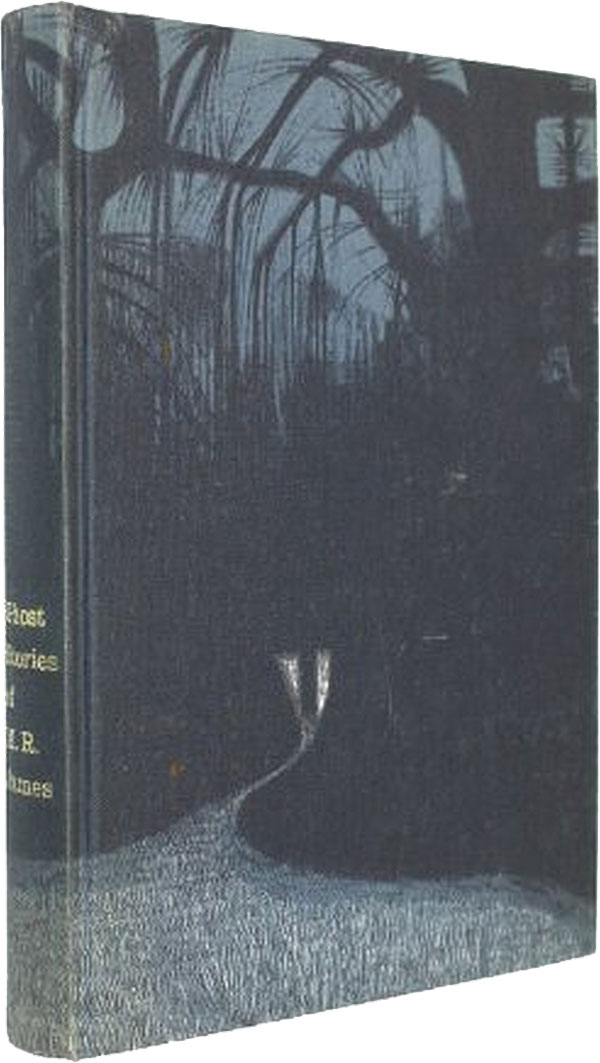
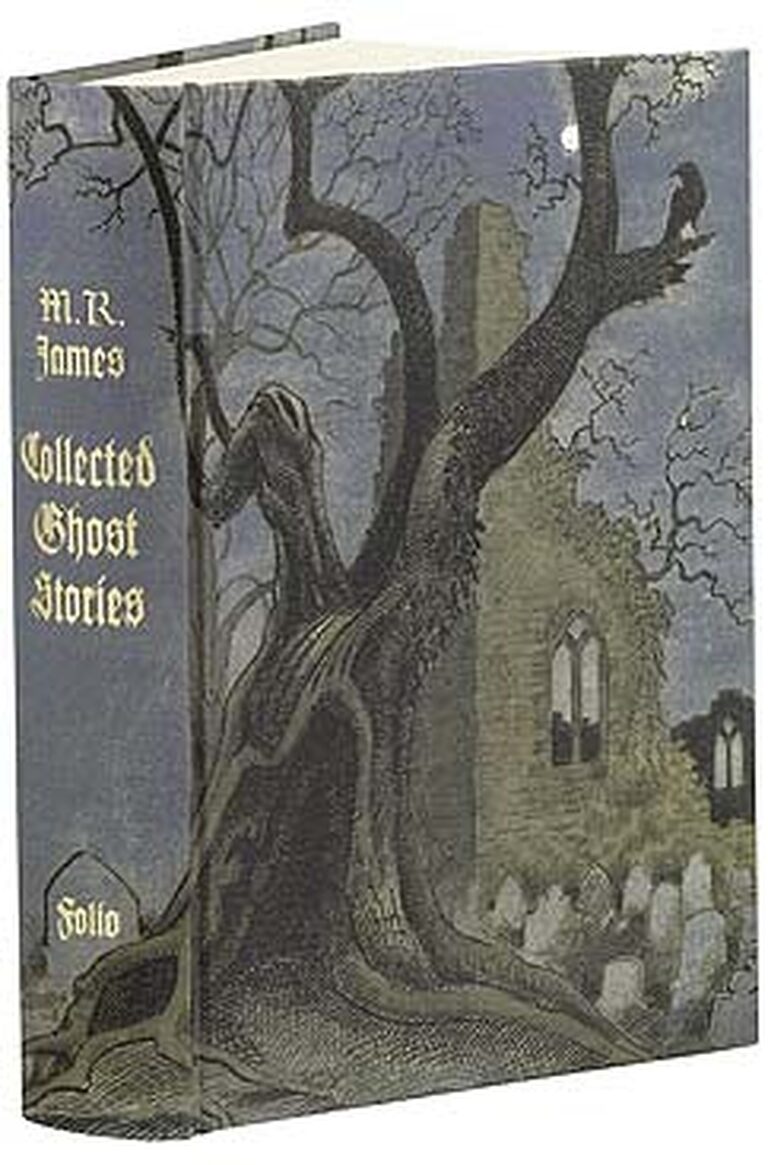

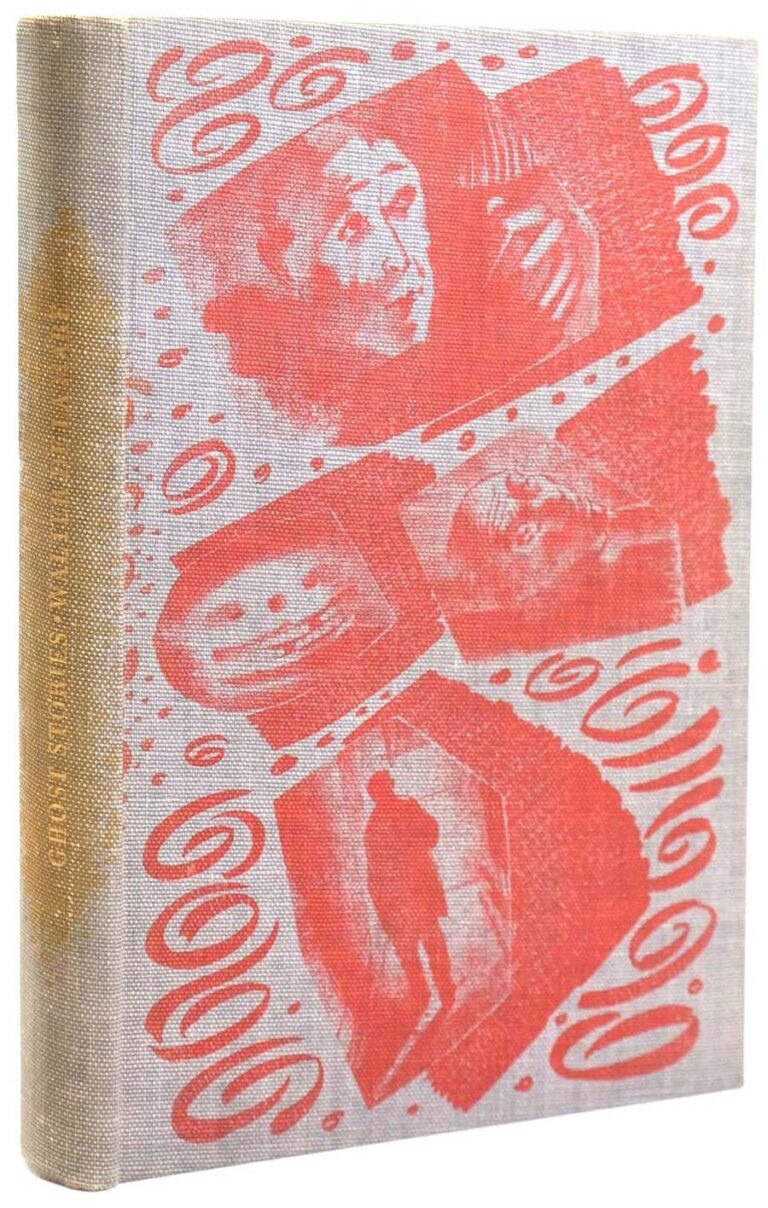
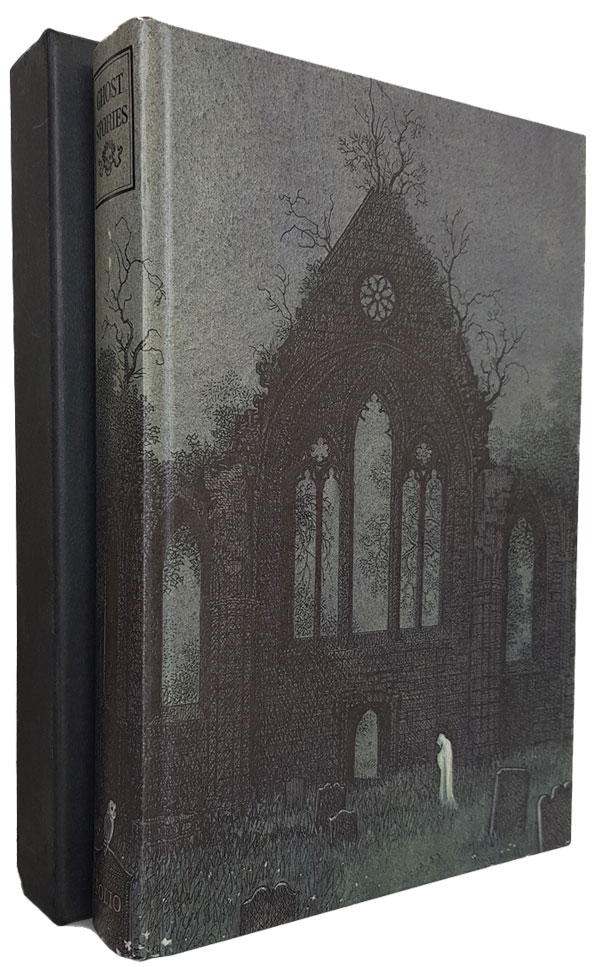





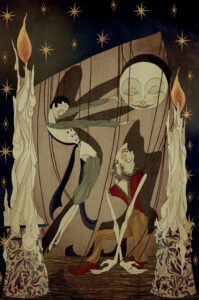
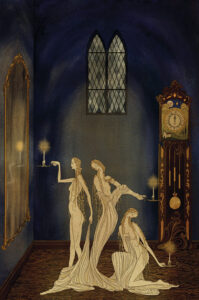
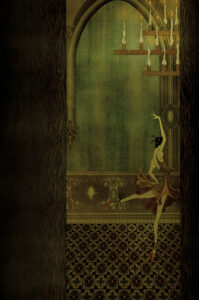

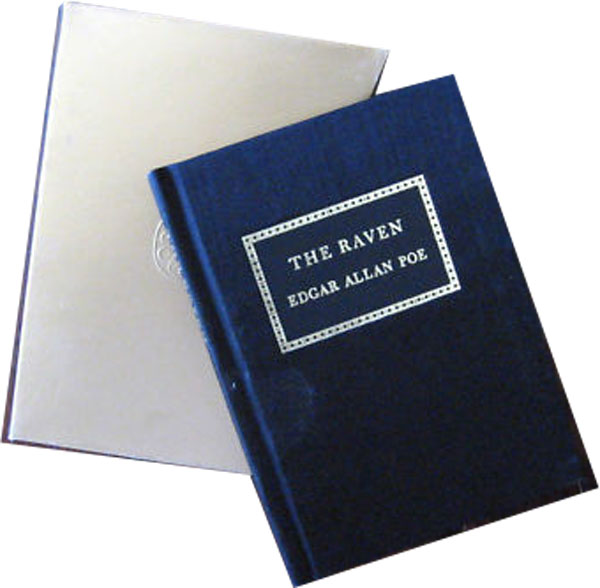

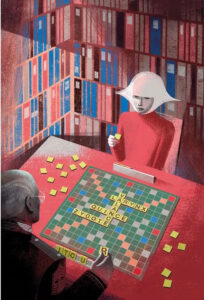
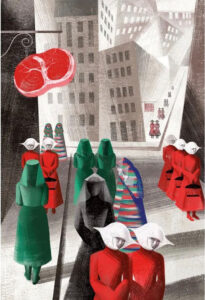
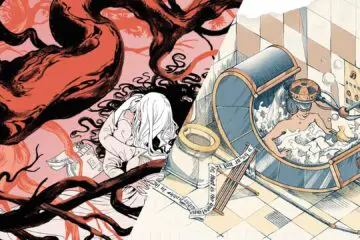

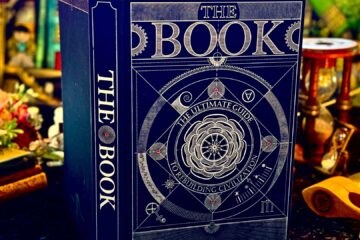
0 Comments